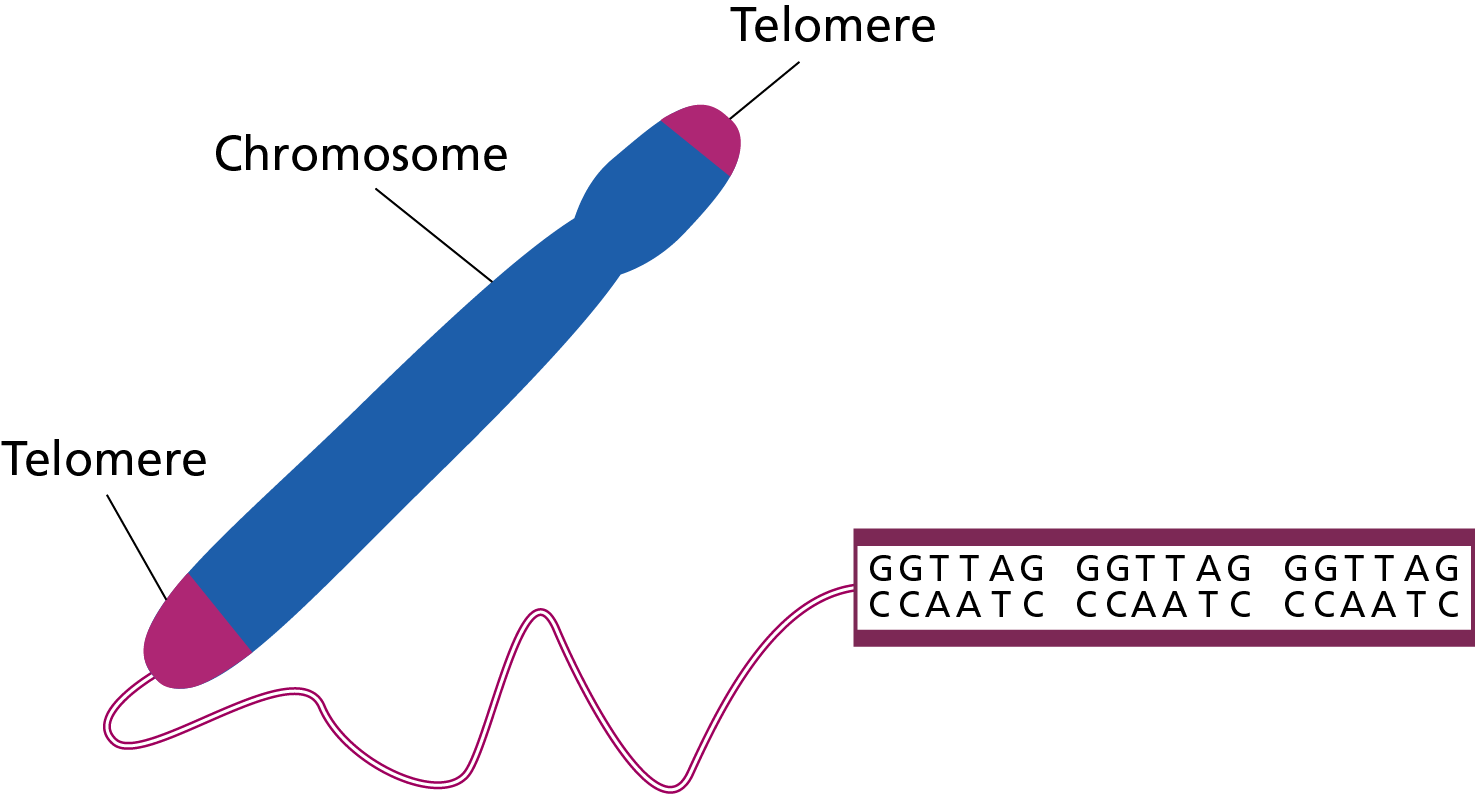Non-coding DNA
The 98% of the genome that does not code directly for proteins. Its function is not fully understood, but parts are involved in gene regulation and others are important for maintaining the structure of the genome.
What does non-coding DNA do?
The function of non-coding DNA is still being studied. In recent years, studies and projects have used advances in technology to shed light on these regions and have come to different conclusions about how much of the genome has a biological function.
These estimates range from around 9% to 80% but, despite this wide variation, there is a consensus amongst scientists that these ‘non-coding sequences’, as they are known are involved in important biological functions including regulation of protein production and providing important structural functions.
Gene expression
When, where, and how much of each protein is made – a process known as gene expression – must be tightly controlled in every cell. Non-coding DNA provides vital information to regulate this.
This tight control of gene expression is important to cellular function, hence non-coding sequences are vital to ensure correct cellular function. Variants in DNA that alter these delicate processes could result in genes that are under- or overexpressed, meaning an altered level of production of a particular protein (or none at all), which will have a direct impact on cellular function.
Genome structure
There are sequences of DNA within the non-coding parts of the genome that are structural, involved in the maintenance and healthy functioning of the genome, such as the telomeres (see figure 1).
Telomeres are repetitive sequences of DNA found at the end of the chromosomes that protect them from degradation (a bit like the plastic ends of shoelaces that protect them from fraying).

Figure 1: Chromosome showing the location of the telomeres at the ends and the repetitive DNA sequence they consist of.
Studies, such as this one from 2015, have revealed that many diseases result from changes in the non-protein coding sequences of the genome. Learning more about these regions will be vital if we are to realise the full potential of genomic medicine.
Key messages
- Only 2% of the human genome is made up of protein-coding genes.
- The other 98% is not junk and has a function. For instance, areas within the non-coding regions play a role in gene expression.
- As the DNA between our genes also has a function, looking at the whole genome of an individual can be extremely important in healthcare.
Resources
For clinicians
- NHS England’s Genomics Education Programme: Genomics 101: From Genes to Genome
References:
- Rands CM, Meader S and others. ‘8.2% of the Human Genome Is Constrained: Variation in Rates of Turnover across Functional Element Classes in the Human Lineage‘. PLoS Genet 2014: volume 10, issue 7. DOI: 10.1371/journal.pgen.1004525
- The ENCODE Project Consortium. ‘An integrated encyclopedia of DNA elements in the human genome‘. Nature 2012: volume 489, pages 57–74. DOI: 10.1038/nature11247
- Zhang F and Lupski JR. ‘Non-coding genetic variants in human disease‘. Human Molecular Genetics 2015: volume 24, pages 102–110. DOI: 10.1093/hmg/ddv259